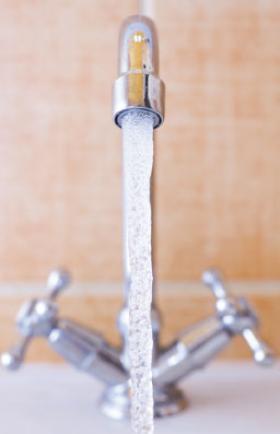Most North American buildings require domestic hot water (DHW) service. That water must be delivered to fixtures and appliances at a consistent, safe and suitable temperature. It also needs to be protected against potential biological or chemical contamination. Providing ample domestic hot water that is safe and sanitary is one of the most important responsibilities of plumbing system designers.
In many regions of North America, the chemical and biologic quality of domestic water is maintained by municipal water utilities. In buildings with private wells, water quality is maintained by on-site equipment that filters out sediments and extracts unwanted chemicals, such as sulfur, iron or calcium compounds.
Although municipal water treatment, as well as on-site treatment for sediment and water hardness, improve the quality of all domestic water supplied to a building, these processes cannot ensure that undesirable biological growth will not occur in the heated portion of building domestic plumbing systems.
Maintaining a minimal level of biological activity in that portion of the system requires additional measures, such as chemical injection, ultraviolet light treatment or thermal disinfection. Municipal or private water treatment systems also do not play a role in ensuring that domestic hot water is delivered to fixtures at safe and consistent temperatures.
This issue of idronics focuses on temperature control in domestic hot water plumbing systems. It describes temperature-based disinfection for minimizing the potential for biological contamination.
It also discusses ways to ensure that the water supplied from fixtures will not cause burns. The methods and hardware required for both objectives can be coordinated to ensure safe delivery of domestic hot water under all conditions.



